Gold jewellery comes in different shades, with Yellow Gold, White Gold, and Rose Gold being the most popular. These shades are achieved by alloying pure gold with other metals to enhance color, strength, and durability. Let’s explore each shade and their unique alloy compositions.
Yellow Gold
Yellow gold closely resembles pure gold and comes in two variations:
Bright Yellow Gold
Bright yellow gold is a vibrant, eye-catching shade, perfect for fine jewellery. Its rich, eye-catching tone is created by carefully balancing copper, silver, and zinc in the alloy, making it stand out as a luxurious option.
- Composition: bright yellow gold alloy consists of 73.75% copper, 11.25% silver, and 15% zinc.
- Best For: Fine, high-end jewellery that highlights the rich yellow hue.
Traditional Yellow Gold
Traditional yellow gold offers a softer, more subtle tone, perfect for classic and timeless jewellery. Its elegant, understated colour remains popular for wedding bands and other heirloom pieces.
- Composition: traditional yellow gold alloy includes 75% copper, 12% silver, and 13% zinc.
- Best For: Classic jewellery pieces that exude timeless elegance.
White Gold
White gold is not naturally occurring; it is created by mixing yellow gold with white metals like palladium and silver, while excluding copper. To achieve its brilliant, lustrous finish, white gold is coated with rhodium. We use two coats of rhodium plating for extra durability and shine. However, over time, rhodium plating can wear and may require re-plating.
- Composition: white gold alloy contains 65% silver, 21% palladium, and 9% zinc, finished with two coats of rhodium.
- Pricing: White gold is often more expensive due to the inclusion of precious metals like platinum and palladium.
- Best For: Modern and minimalist designs, providing a sleek, polished look.
Rose Gold
Rose gold has a romantic, warm pink hue, created by alloying gold with copper. The more copper in the alloy, the deeper the rose tone. Rose gold has gained popularity for its trendy, yet vintage charm.
- Composition: The 520 rose gold alloy contains 75% copper, 22% silver, and 3% zinc, giving it its distinctive rose color.
- Best For: Romantic and fashionable designs that bring a soft, unique charm to any collection.
Conclusion: Bright Yellow Gold vs. White Gold
When choosing between bright yellow gold and white gold, your decision ultimately depends on your personal style. Bright yellow gold is the ideal choice for fine jewellery, offering a bold, opulent appearance that radiates luxury. On the other hand, white gold is perfect for those who prefer a sleek, modern aesthetic, with its silvery sheen and high-end finish.
It’s important to be aware that different brands may use slightly different alloy compositions in their gold pieces. This means that one brand’s 9K gold may have a slightly different hue compared to another’s, even if both are labeled as 9K. The mixture of metals in the alloy can affect the color and overall appearance of the jewellery, so it’s always good to keep this in mind when purchasing.
Both bright yellow and white gold offer durability, timeless beauty, and lasting quality, making them excellent choices for fine jewellery that stands the test of time.
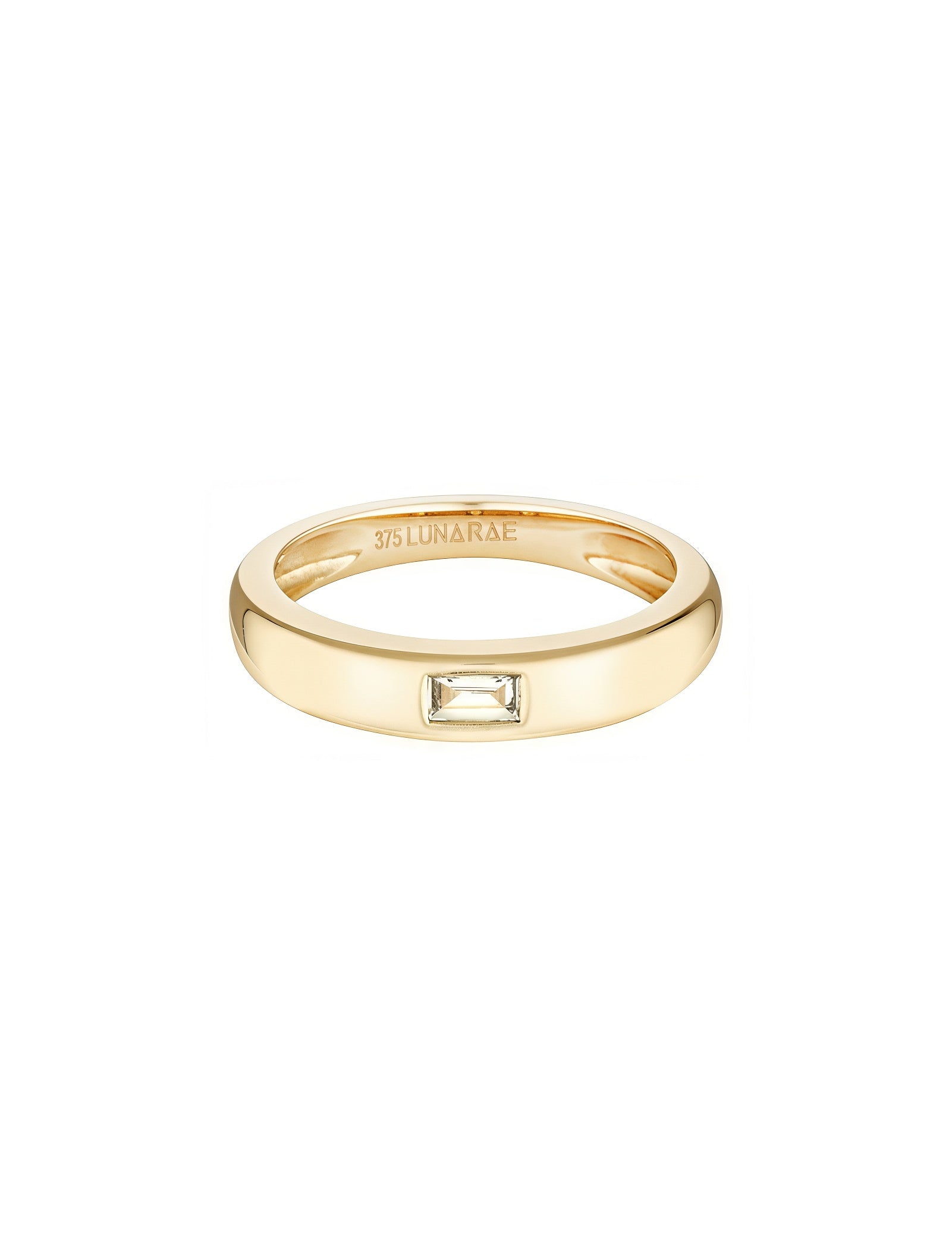
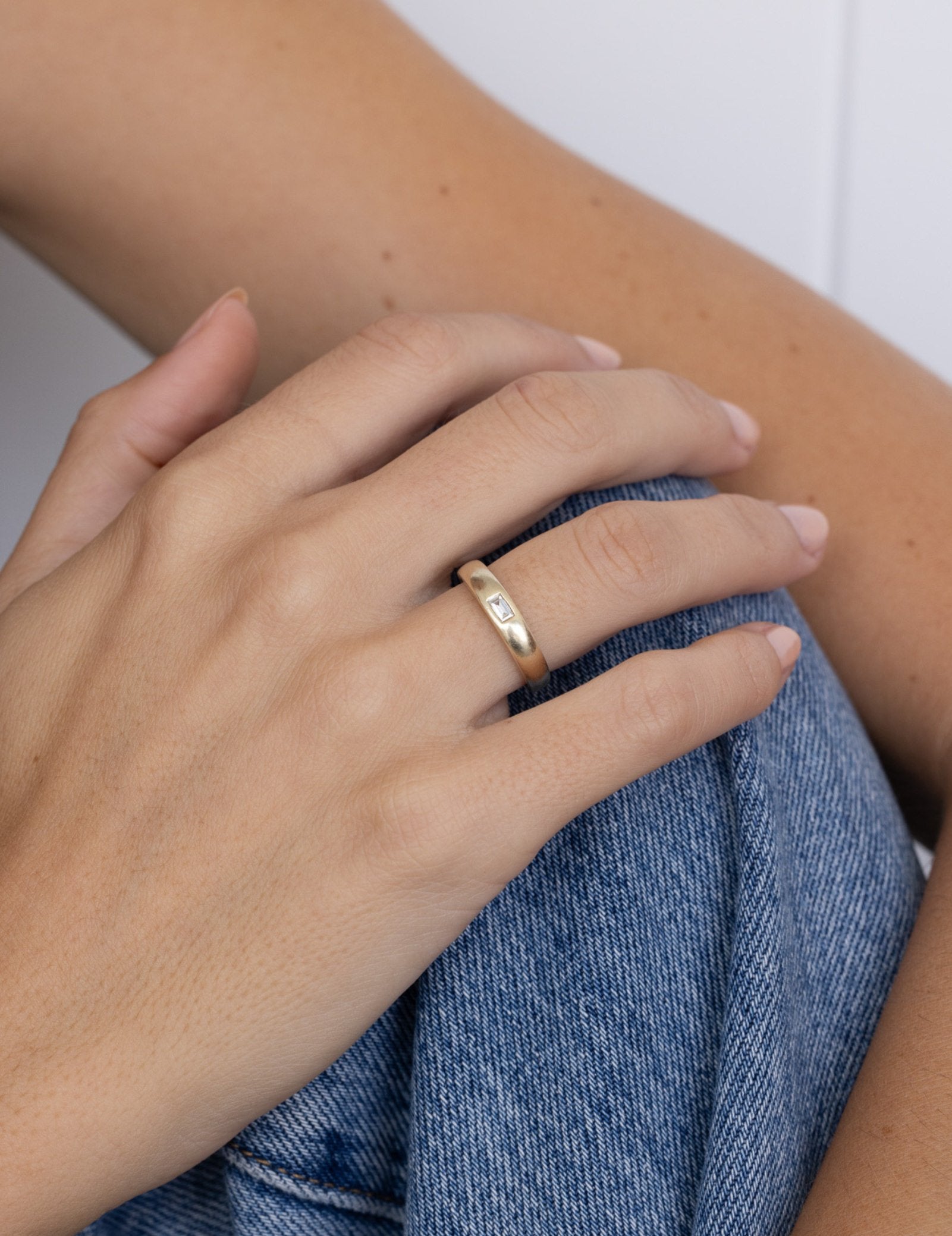
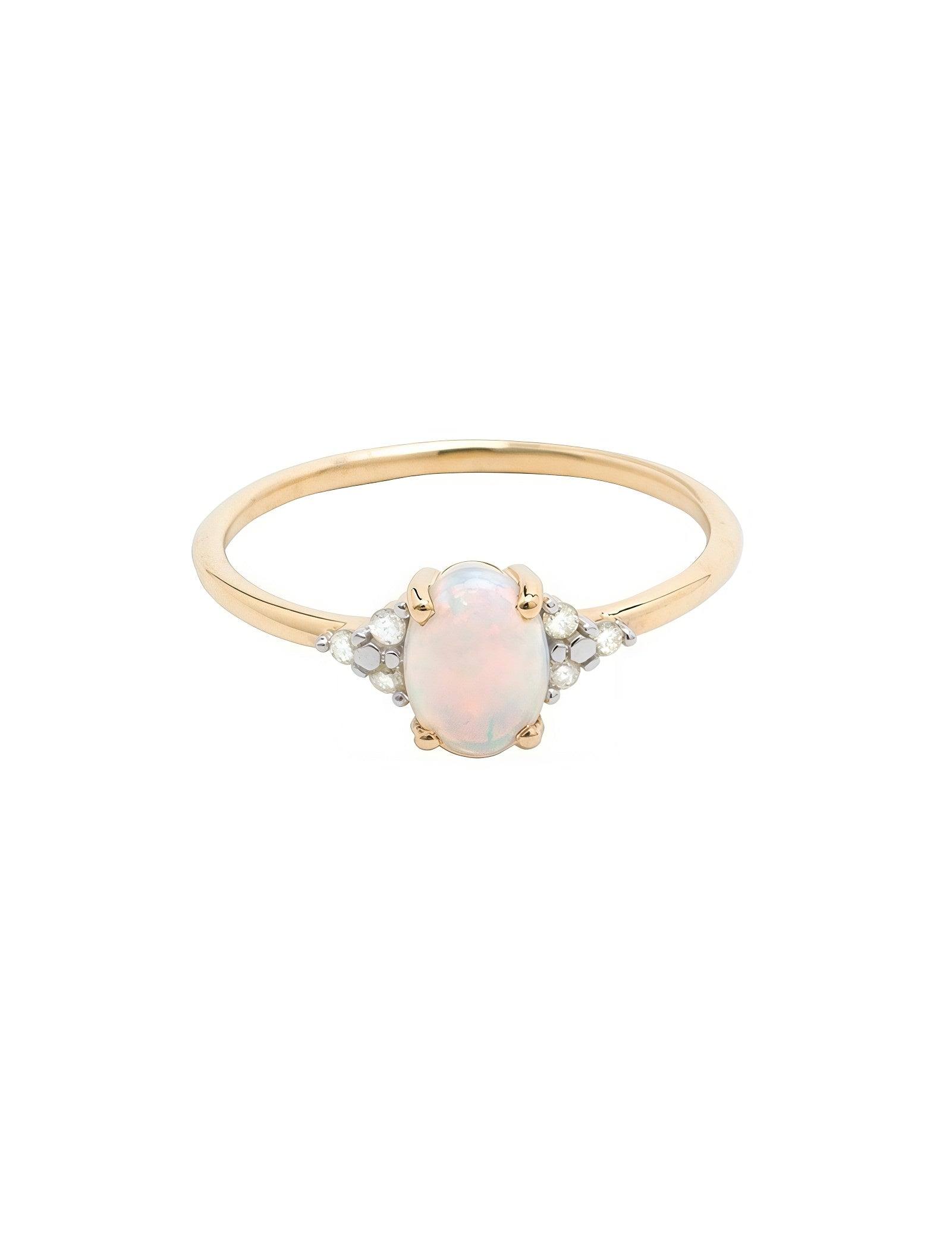
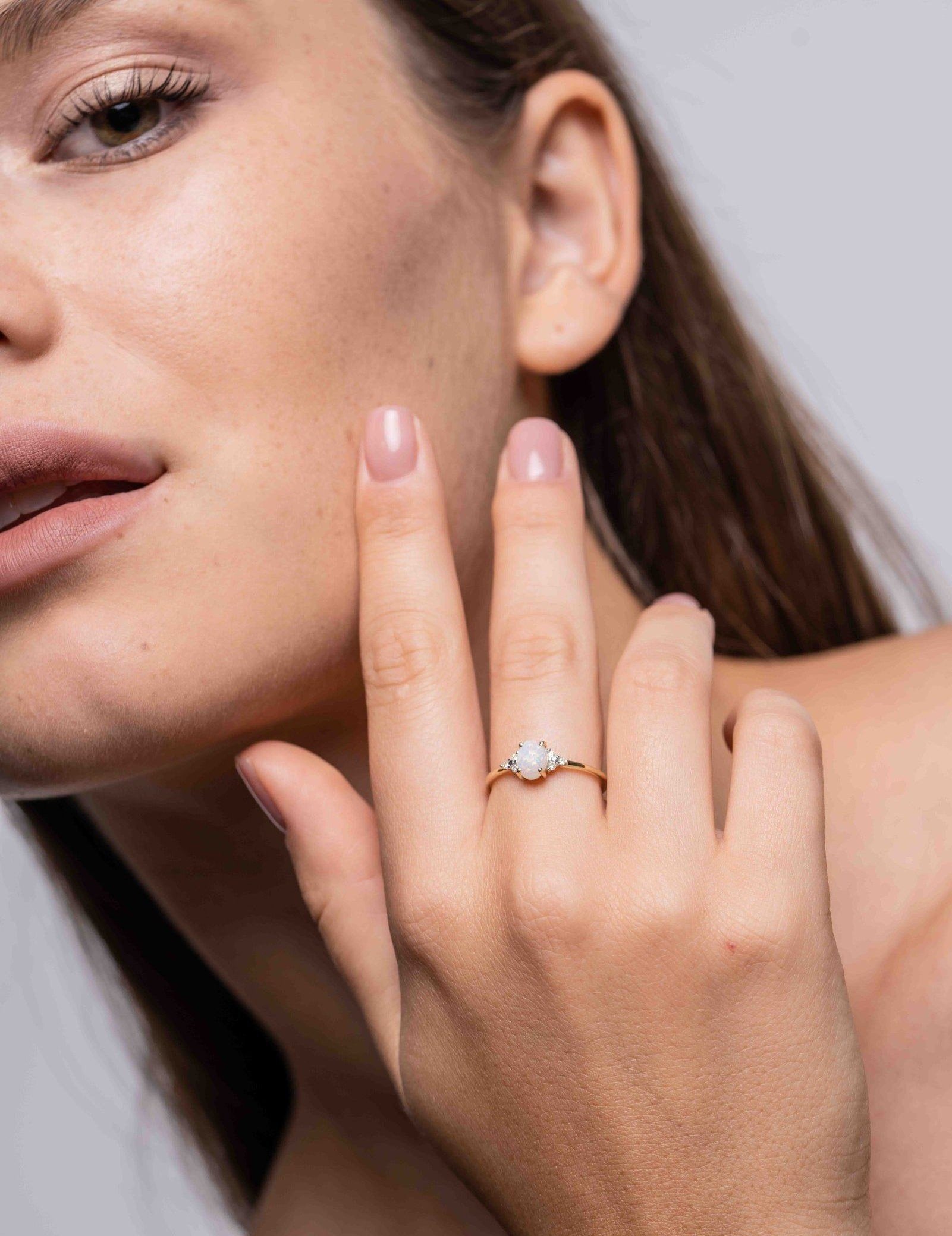
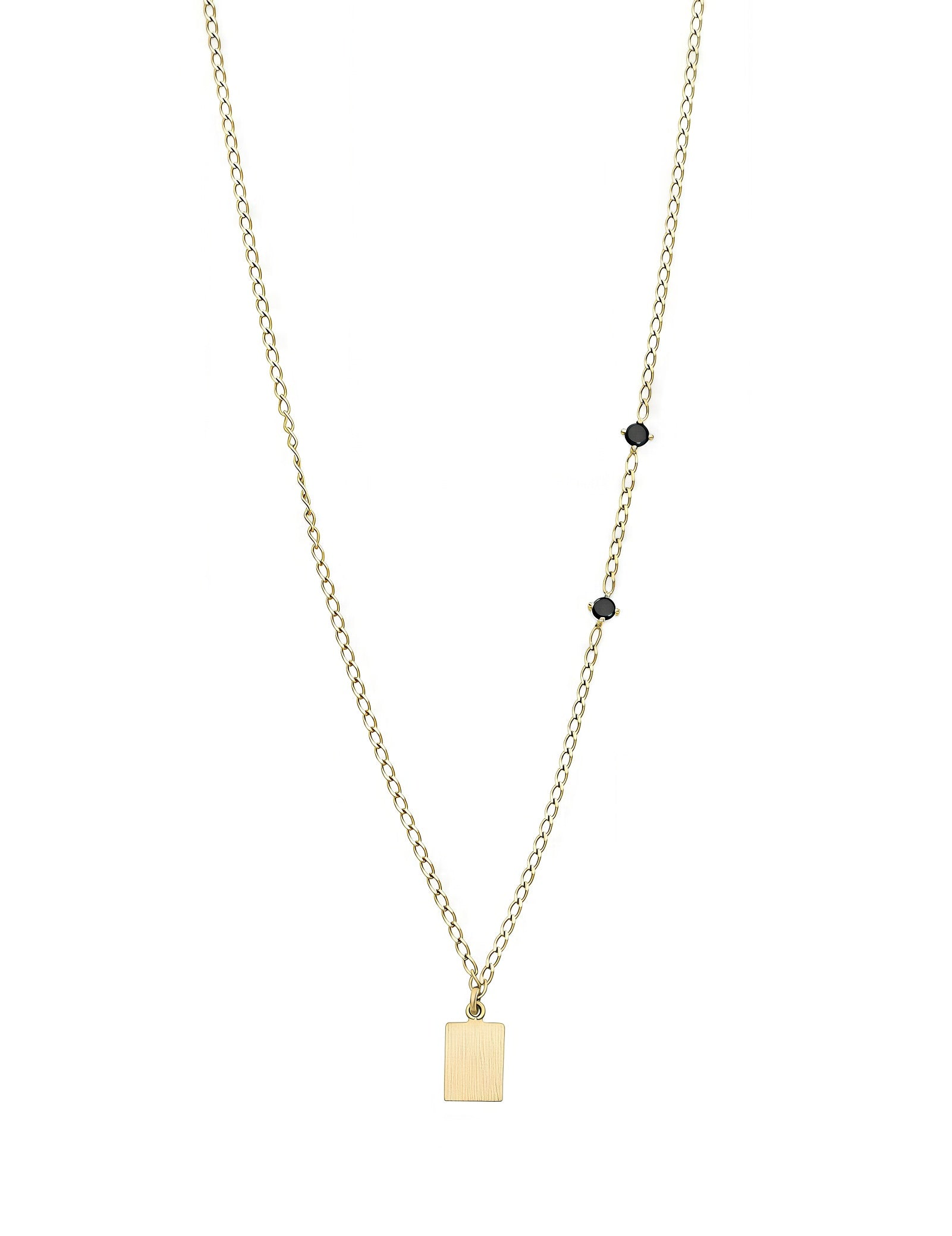
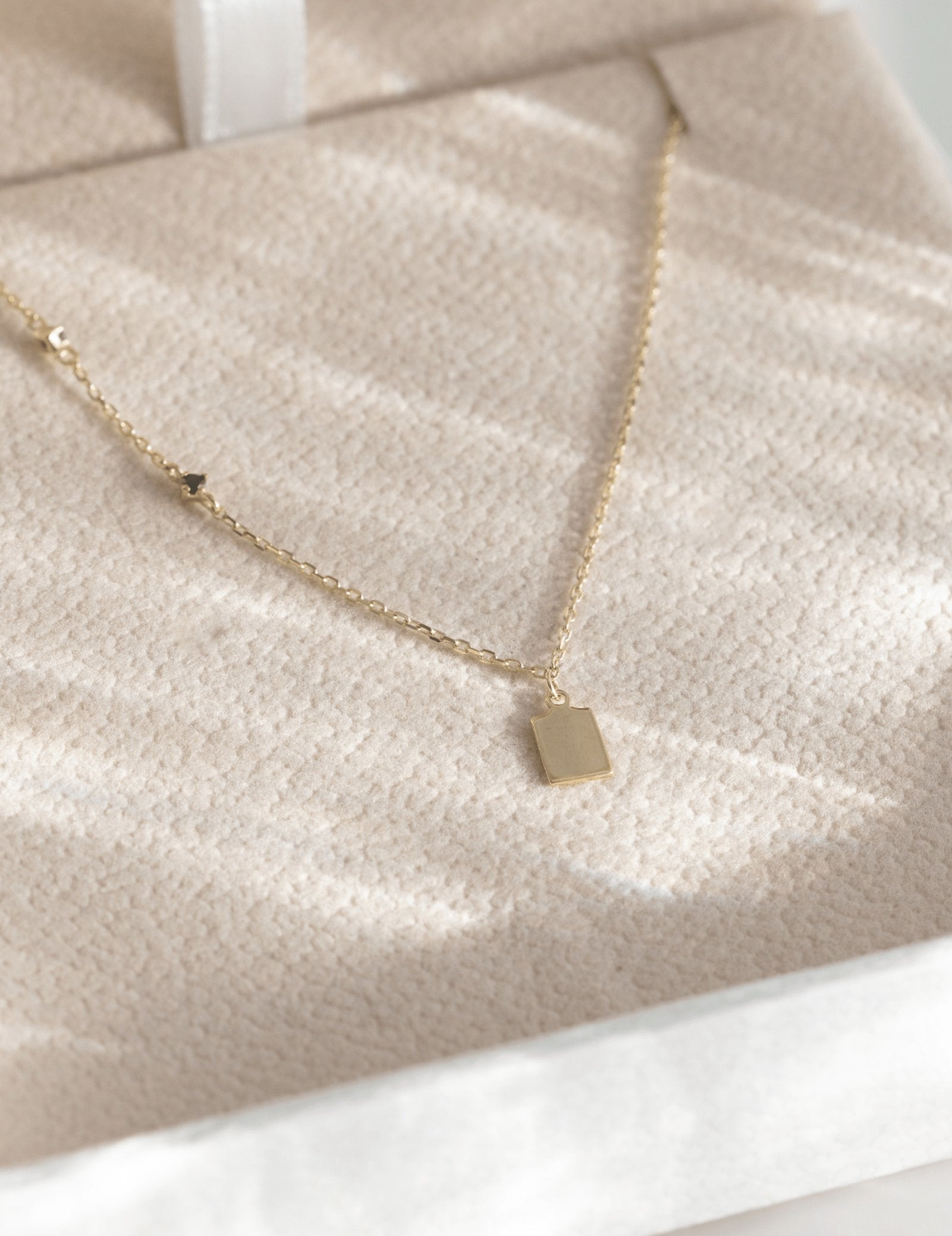
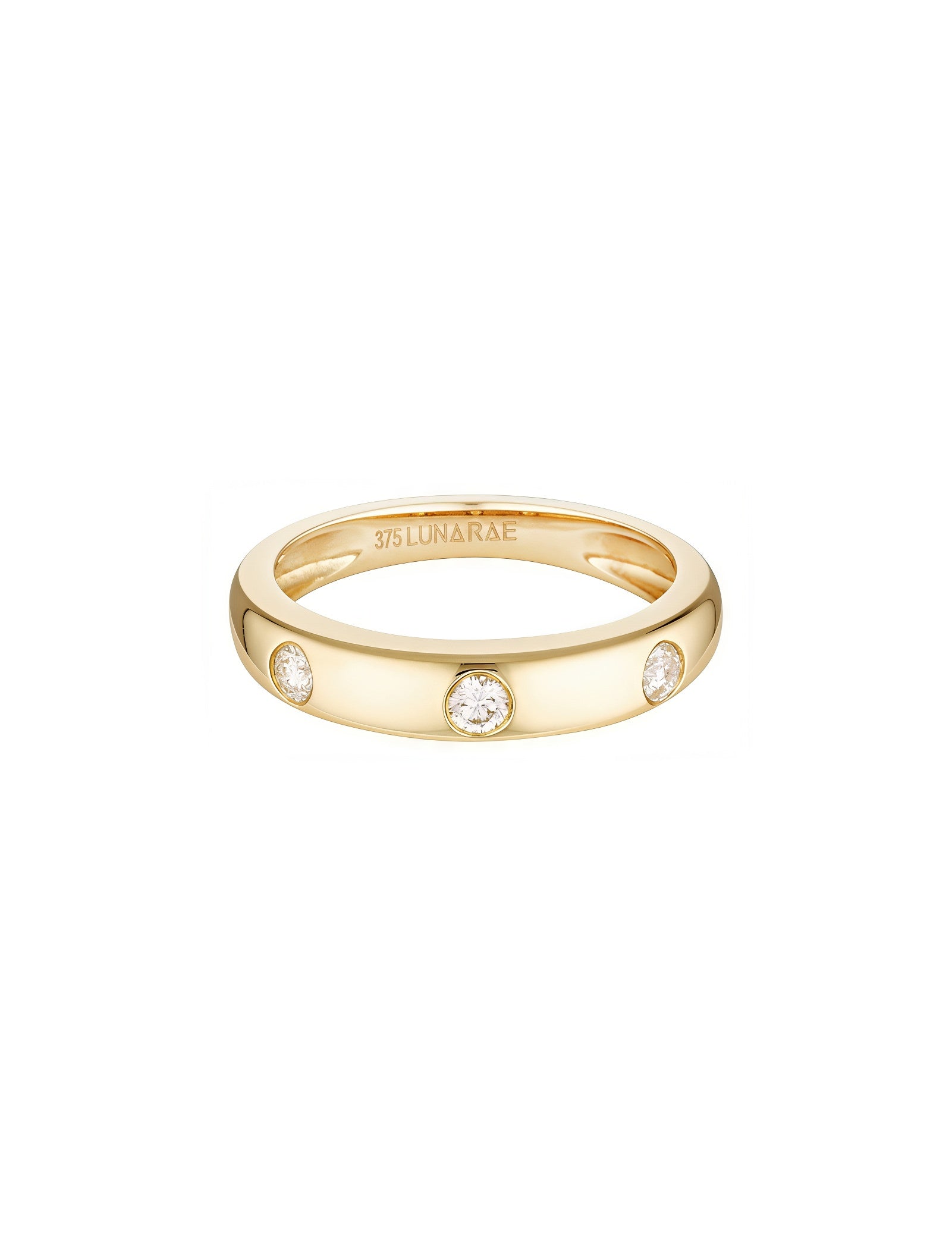
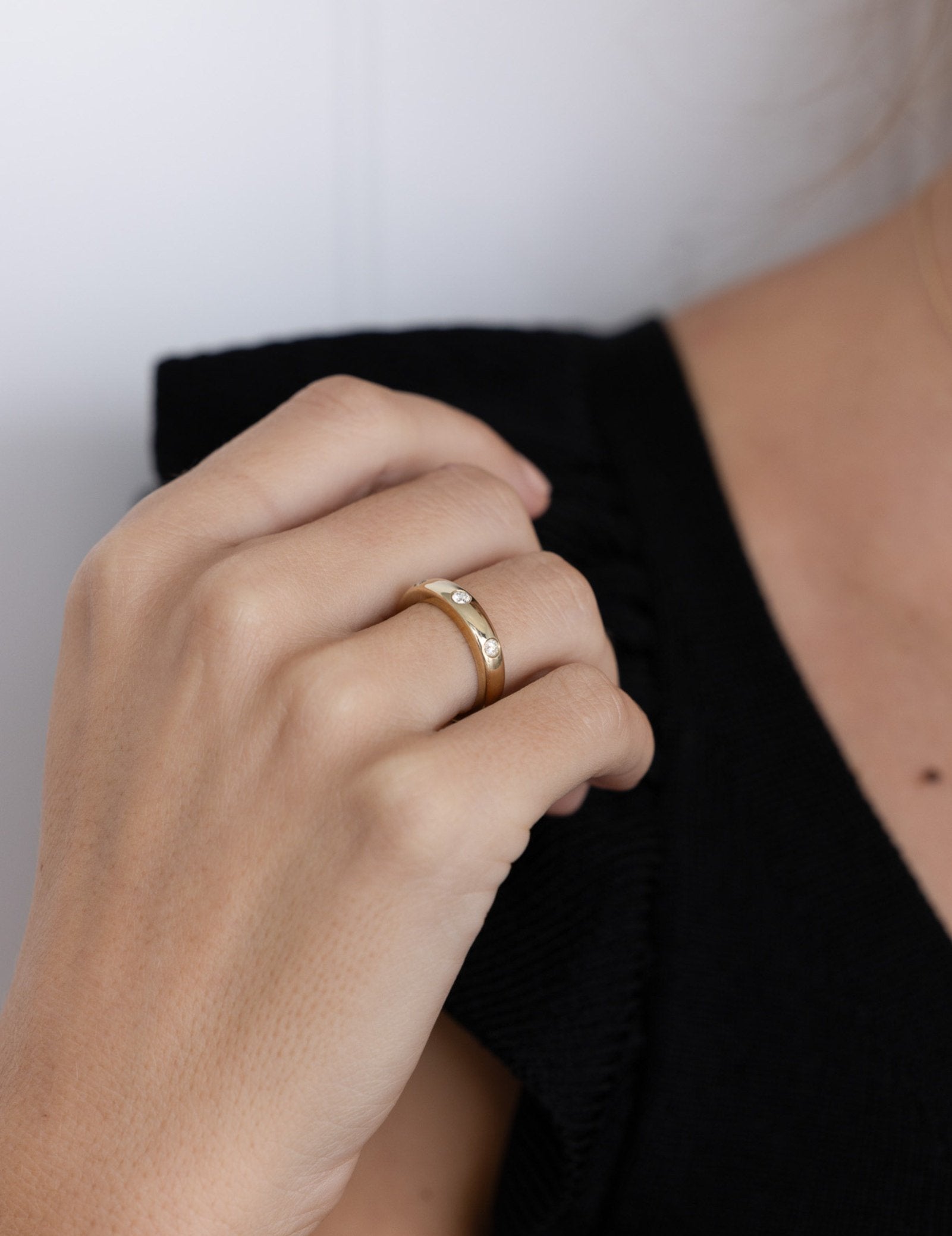

Leave a comment